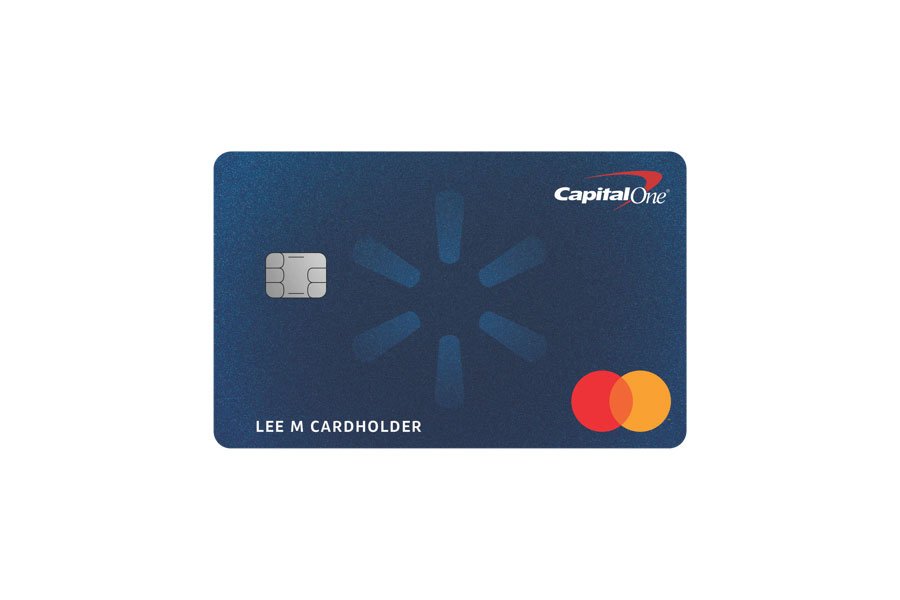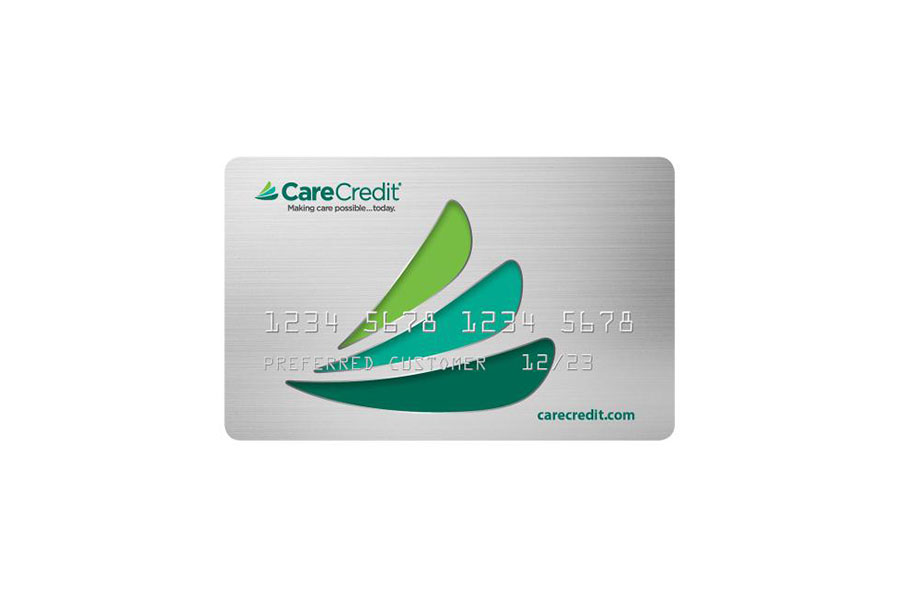Rebuilding your credit might seem like a challenge, but small, strategic moves can make a noticeable difference faster than you think. Whether you’re looking for a quick boost or a long-term fix, the right steps can help you get back on track.

There’s no magic solution, but taking action today can set you up for success. We’ll cover the best ways to rebuild your credit and highlight a few common mistakes to avoid along the way.
Let’s dive in.
8 Strategies to Rebuild Credit
There are actually quite a few ways you can jumpstart your credit score. Pick one, pick them all. Just remember that the sooner you get started, the sooner you’ll start seeing results.
1. Dispute Credit Report Errors
The first step to rebuilding your credit is making sure your credit reports are accurate. Errors on your report can unfairly lower your score, so it’s essential to review them regularly.
You’re entitled to free copies of your credit reports from Equifax, Experian, and TransUnion once every 12 months at AnnualCreditReport.com. Through 2026, you can even check them weekly for free.
Review Your Reports for Errors
Once you have your reports, go through them carefully. Check for:
- Accounts that don’t belong to you
- Incorrect balances or payment history
- Duplicate accounts
- Outdated negative items
Even small errors can hurt your score, especially if they involve late payments or collections.
How to Dispute Errors on Your Credit Report
If you find inaccurate or outdated information, you have the right to challenge it with the credit bureaus. One of the most effective ways to do this is by sending a dispute letter. This formal request asks the credit bureau to investigate and remove incorrect information from your report.
Disputes can be filed online, by mail, or by phone. If the bureau verifies that the information is incorrect, they must remove or correct it—often within 30 to 45 days. Once the errors are corrected, the credit bureau should send you an updated report. Removing inaccurate negative items can lead to a quick boost in your credit score, making this one of the fastest ways to improve your credit.
Ready to Clean Up Your Credit Report?
Learn how credit repair professionals can assist you in disputing inaccuracies on your credit report.

2. Keep Your Debt Low or Pay Down Existing Debt
Debt plays a major role in your credit score, and lenders look closely at how much you owe before approving new credit. Having too much debt can make you seem risky, while having too little credit history may not give lenders enough information to assess your reliability.
Manage Your Credit Utilization
Your credit utilization ratio—the percentage of available credit you’re using—has a big impact on your credit score. Maxing out your credit cards can cause a significant drop, so it’s important to keep balances low.
Experts recommend keeping your credit utilization below 30%, but for the best results, aim for under 10%. If your credit cards are near their limits, start paying them down strategically:
- Focus on lowering balances on maxed-out accounts first.
- If you carry balances across multiple cards, prioritize those with the highest interest rates.
- Spreading purchases across different cards can help keep utilization low on any single account.
For example, if you have a $5,000 credit limit and a $4,000 balance, your utilization is 80%. Paying it down to $1,500 or less will improve your score and save you money on interest.
Reducing debt not only improves your credit but also makes it easier to qualify for better financial products, including loans and credit cards with lower interest rates. The sooner you start lowering balances, the faster you’ll see positive changes in your score.
3. Make Your Monthly Payments On Time
Your payment history is the single most important factor in your credit score, making up 35% of your total. Even one late payment can cause a 50- to 100-point drop, depending on your overall credit profile.
If you miss a payment by 30 days or more, your lender will likely report it to the credit bureaus, which can lower your score and stay on your report for seven years. Worse, if the account remains unpaid, it could turn into a charge-off or collection account, causing even more damage.
How to Stay on Track
- Set up autopay: Even if you can’t pay the full balance, set up automatic payments for at least the minimum amount to avoid a late mark.
- Use payment reminders: If autopay isn’t an option, set calendar alerts or sign up for text/email reminders from your lender.
- Request a goodwill adjustment: If you have a solid payment history but missed a due date by accident, some lenders may remove the late mark as a one-time courtesy. Learn how to write an effective goodwill letter to request a removal.
Making payments on time isn’t just about protecting your credit—it’s a habit that can help you qualify for better rates and financial opportunities down the road.
4. Avoid Closing Existing Credit Accounts
The length of your credit history plays a key role in your credit score, and closing an account can impact that. While it might seem logical to close old credit cards you no longer use, doing so could shorten your average account age and increase your credit utilization—both of which can lower your score.
How Closed Accounts Affect Your Credit
There’s a common myth that closing a credit card removes it from your credit report. That’s not true. A closed account remains on your credit report for up to 10 years, meaning it can still contribute to your credit history in the short term. However, once it drops off, your average account age could decrease, potentially lowering your score.
When Should You Close a Credit Card?
There are situations where closing an account makes sense:
- High fees: If you’re paying an annual or monthly fee that outweighs the card’s benefits, closing it might be the better option.
- Lack of use: If a card isn’t helping your credit mix, and you don’t use it, it might not be worth keeping.
Before closing a card, consider whether keeping it open with a zero balance could help maintain your credit history and utilization. If you decide to close an account, try to pay off balances on other credit lines to avoid increasing your overall credit utilization ratio.
5. Use a Secured Credit Card or Credit Builder Loan
It may be difficult to get new credit if you have a shaky financial past. But you may need it for either a monetary emergency or to have an account that reports your on-time payments and help you rebuild credit.
There are two products that can help you in these situations, but they do have some limitations.
Secured Credit Cards
The first is a secured credit card. They’re common with banks and credit unions, although you can find some online credit card issuers as well.
To receive a secured credit card, you’re required to make a security deposit that serves as collateral in case of missed credit card payments. As long as you at least make the minimum payment on-time each month, the creditor will report the payment history to the three major credit bureaus. This will help you begin rebuilding credit.
Credit Builder Loans
The second financial product is a credit builder loan. With credit builder loans, you make a deposit in the loan amount to the financial institution, then make monthly payments (with interest). It may seem unproductive to pay for money you already have. However, the lender reports your payment history to the credit bureaus, and that’s what helps you rebuild credit.
Once you’ve successfully used either of these products for a certain period of time, you can usually upgrade to a better credit card or loan.

6. Make Payments Twice a Month
Even if you pay off your credit card in full each month, your credit score could take a hit if your reported balance is too high. That’s because credit card issuers typically report your balance at the end of your billing cycle, not when you actually make a payment. If you’ve charged a large amount but haven’t paid it off before the statement closes, it can look like you’re using more credit than you actually are.
Making an extra payment before your statement closing date reduces the balance that gets reported to the credit bureaus, which improves your credit utilization ratio. Lower utilization signals responsible credit management, helping boost your score.
If you ever make a large purchase, consider paying part of it off right away rather than waiting until your due date. This simple timing trick can prevent unnecessary drops in your score.
7. Increase Your Credit Limits
When you don’t have the means to pay down your credit card debt in a large bulk but are making on-time payments each month, it is still possible to improve your credit score. You can do this by requesting a credit limit increase from your credit card issuer.
That automatically lowers your credit utilization. Here’s how.
Again, let’s assume that you have a $4,000 balance on a $5,000 credit card. That’s a credit utilization ratio of 80%. But if you’ve been a loyal customer with a strong repayment history, you could call customer service and ask for a larger line of credit.
Say you raise your available credit limit to $8,000 and don’t add any new debt to the account. Your $4,000 balance now only accounts for a 50% credit utilization ratio. It’s a great start, and makes it much more manageable for you to get that number down to 30%.
8. Request to Be an Authorized User
If you’re close to someone with a positive credit history, consider becoming an authorized user on one of their existing credit card accounts. When you do, you’ll automatically get the age of the account and payment history added to your credit report. It’s basically a shortcut to rebuild credit.
The downside is that any negative history associated with their account will also be included on your credit reports. And if you get access to the card and charge a lot or don’t pay on time, their credit will also be affected.
This can be an extremely effective tool to build credit quickly. However, it requires a close relationship and an upfront conversation about expectations.
Be honest about your intentions and ask the person for total transparency in their own credit habits. After all, if they hit a financial bump, it could also impact you.
Still, becoming an authorized user is certainly a viable option, especially if you can have an open dialog with someone like a parent, spouse, or lifelong friend.
How long does it take to rebuild your credit history?
Rebuilding your credit history is definitely a process. Some negative marks, like late payments, and missed payments that lead to charge offs, can stay on your report for up to seven years. Bankruptcies can last as long as ten years. Of course, it’s possible to remove negative items much sooner. But even if they’re not, their impact on your credit score begins to wane as time goes by.
Once you start diving into some of the tactics we’ve discussed, you’ll likely start seeing results in your credit score within a few months.
After that, it could still take years to completely rebuild your credit, depending on what specifically is on your credit report. Luckily, the things you need to do to rebuild your credit are also things that are really beneficial to your overall financial health.
Final Thoughts
Rebuilding your credit doesn’t happen overnight, but every positive step moves you closer to financial freedom. The sooner you start making changes, the sooner you’ll see results.
Whether your goal is qualifying for a mortgage, getting a better credit card, or reducing financial stress, improving your credit puts you in control. Small, consistent actions—like making on-time payments, keeping debt low, and monitoring your credit report—can add up to a significant score boost over time.
Start today, and you’ll be one step closer to the financial opportunities you deserve.



